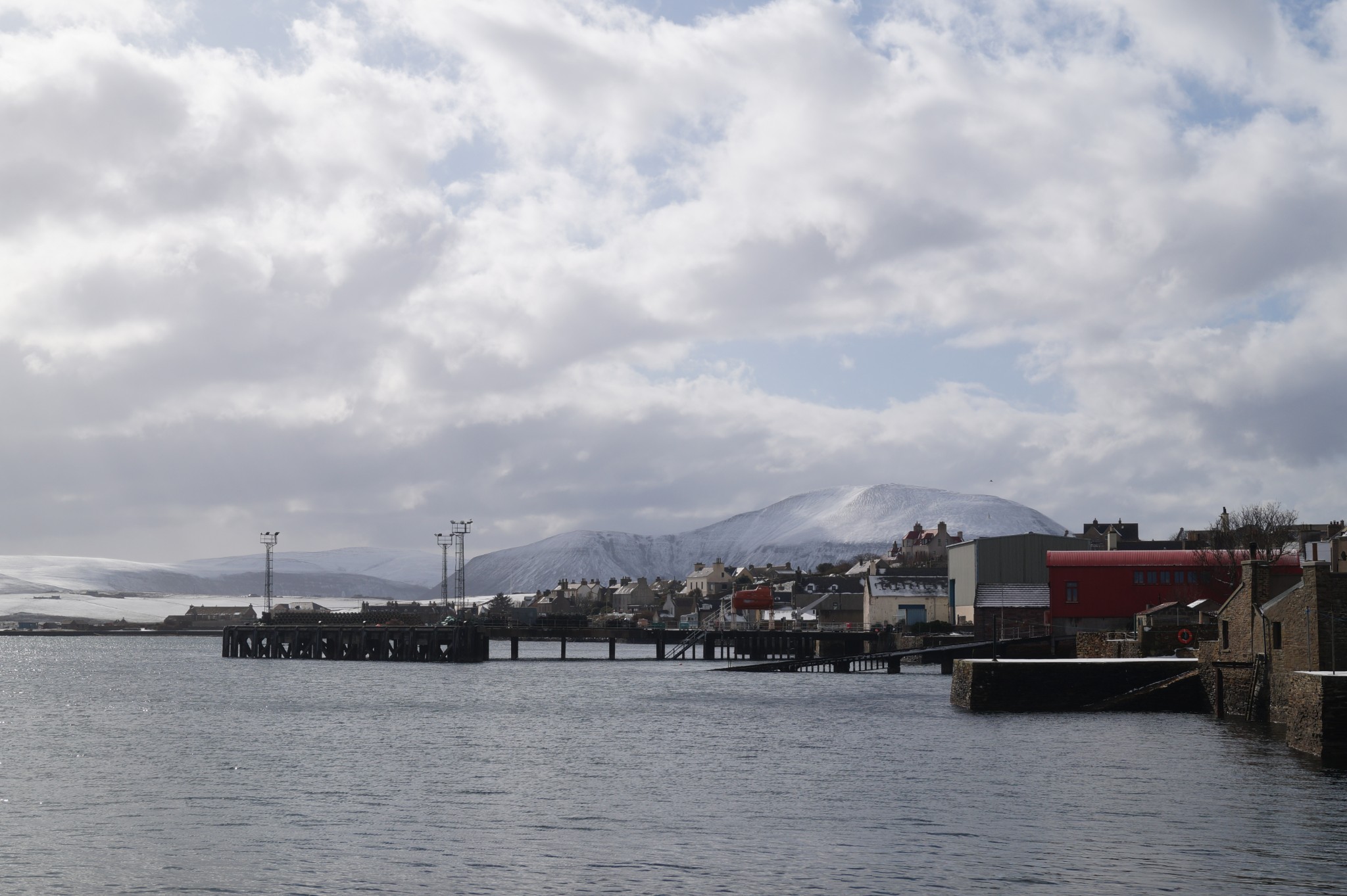As we speak, the project is rolling out a more active approach to trapping across the whole of the Orkney mainland. Residents of South Ronaldsay and the east mainland will already be well acquainted with what we call ‘response trapping’. Essentially, it means deploying traps based on public stoat sightings and the work of the stoat detection dogs. This approach has proved really effective everywhere it was trialled last year, and allows the trappers to target stoat hotspots. As such, sightings are going to be really important all over Orkney this year.
As well as being a big step towards the final phase of the eradication, it’s also a good indication that the number of stoats has decreased significantly in the county. A year or two ago, it simply would not have been possible to respond to sightings or dog indications all over Orkney. There were just too many. Fast-forward to 2024, and the number of stoats popping up is now at a level where we can respond across the board.
Widening our focus for a moment, let’s touch on some of the stoat free islands. Hoy, Rousay and Shapinsay have all started 2024 with full functioning biosecurity hubs. This means that each island has the equipment it needs to respond to a possible stoat sighting. Of course, equipment isn’t much good unless you’ve got folk who know how to use it. All three islands now also have volunteers who are trained and willing to protect their islands from invasive stoats!
Finally, it's important to remember why stoats cannot be allowed to spread any further, and why they ultimately need to be removed from Orkney all together. This project is about protecting our unique native wildlife, and 2024 is going to be a big year for wildlife monitoring. As such, we’re going to be monitoring wading bird populations at a whopping 95 sites across Orkney! This is on top of a further 62 sites where we’ll be on the lookout for those Orkney voles and smaller birds like stonechats and skylarks.
The results of this monitoring will help us to understand how Orkney’s native wildlife is getting on. Since the start of the project, curlew, lapwing, and oystercatcher have all showed signs of recovery, and we’re hopeful that 2024 will shed more light on this promising pattern.


